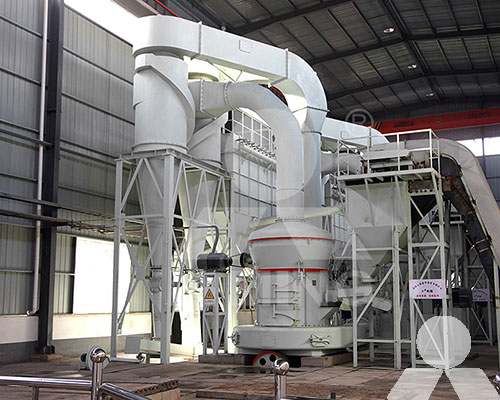Feldspar
Last Updated :2023-07-07 Views:327
How to choose a feldspar grinding mill?
Choosing a feldspar grinding mill requires considering various factors to ensure that you select the most suitable option for your specific needs. Here are some key considerations to keep in mind:

- 1.Grinding Capacity: Determine the desired grinding capacity based on the amount of feldspar you need to process. Consider both current requirements and potential future growth. Select a mill with a capacity that meets or exceeds your anticipated demand.
- 2.Fineness of Grinding: Consider the desired fineness or particle size of the final product. Different grinding mills have varying capabilities in terms of achieving specific particle sizes. Ensure that the mill you choose can achieve the desired fineness for your application.
- 3.Grinding Efficiency: Evaluate the efficiency of the grinding mill. Higher efficiency means better productivity and reduced energy consumption. Look for mills with advanced technologies such as high-pressure grinding rolls (HPGR) or vertical roller mills (VRM) that can offer improved efficiency compared to traditional ball mills.
- 4.Maintenance and Operating Costs: Assess the maintenance requirements and operating costs associated with the grinding mill. Consider factors such as the availability and cost of spare parts, ease of maintenance, and power consumption. Opt for a mill that provides a good balance between performance and operating expenses.
- 5.Mill Type: Consider the different types of grinding mills available for feldspar grinding. Some common options include ball mills, Raymond mills, vertical mills, and ultrafine mills. Each type has its advantages and limitations. Research and compare the features and benefits of different mill types to identify the most suitable one for your requirements.
- 6.Mill Manufacturer and Reputation: Choose a reputable manufacturer known for producing high-quality grinding mills. Read customer reviews, seek recommendations from industry experts, and consider the manufacturer’s track record in producing reliable and durable equipment. A reliable manufacturer can provide better technical support and after-sales service.
- 7.Process Requirements: Consider your specific process requirements and any unique factors associated with your feldspar grinding application. For example, if you need to control dust emissions, look for mills with effective dust collection systems. If you require a continuous operation, choose a mill capable of providing uninterrupted grinding.
- 8.Cost Considerations: While cost is an important factor, it should not be the sole determining factor. Evaluate the overall value offered by the grinding mill in terms of its performance, durability, and long-term operational costs. A slightly higher initial investment may be justified if the mill provides better efficiency and reliability.
- 9.Test and Evaluation: Whenever possible, request a mill test or evaluation from the manufacturer. This allows you to assess the mill’s performance and suitability for your specific feldspar grinding needs before making a final decision.
By considering these factors and conducting thorough research, you can make an informed decision when choosing a feldspar grinding mill that meets your requirements and provides optimal performance for your application.









